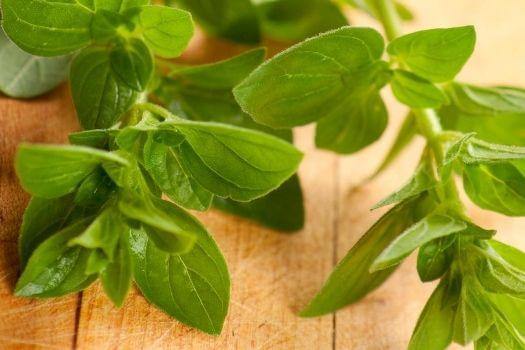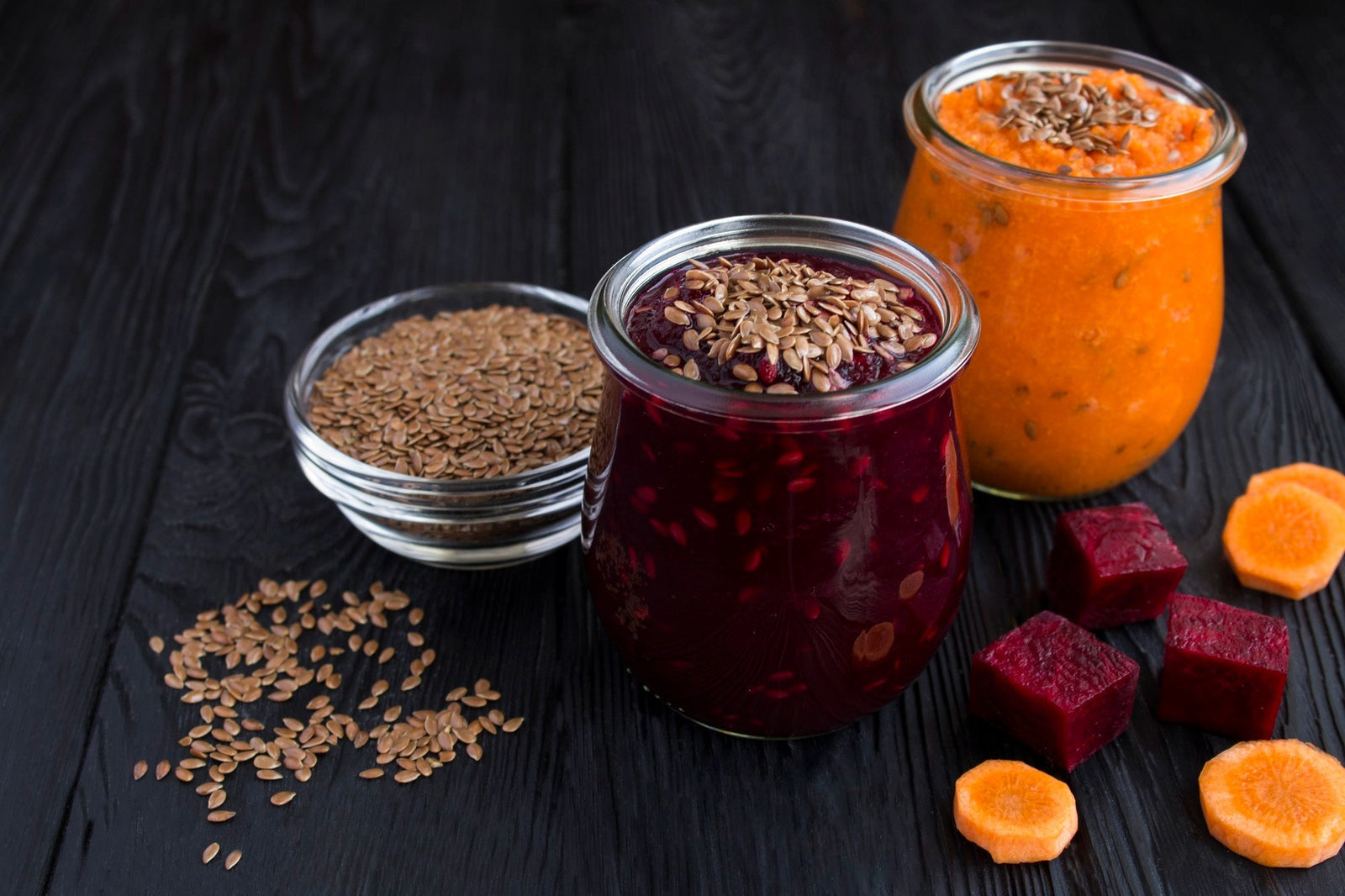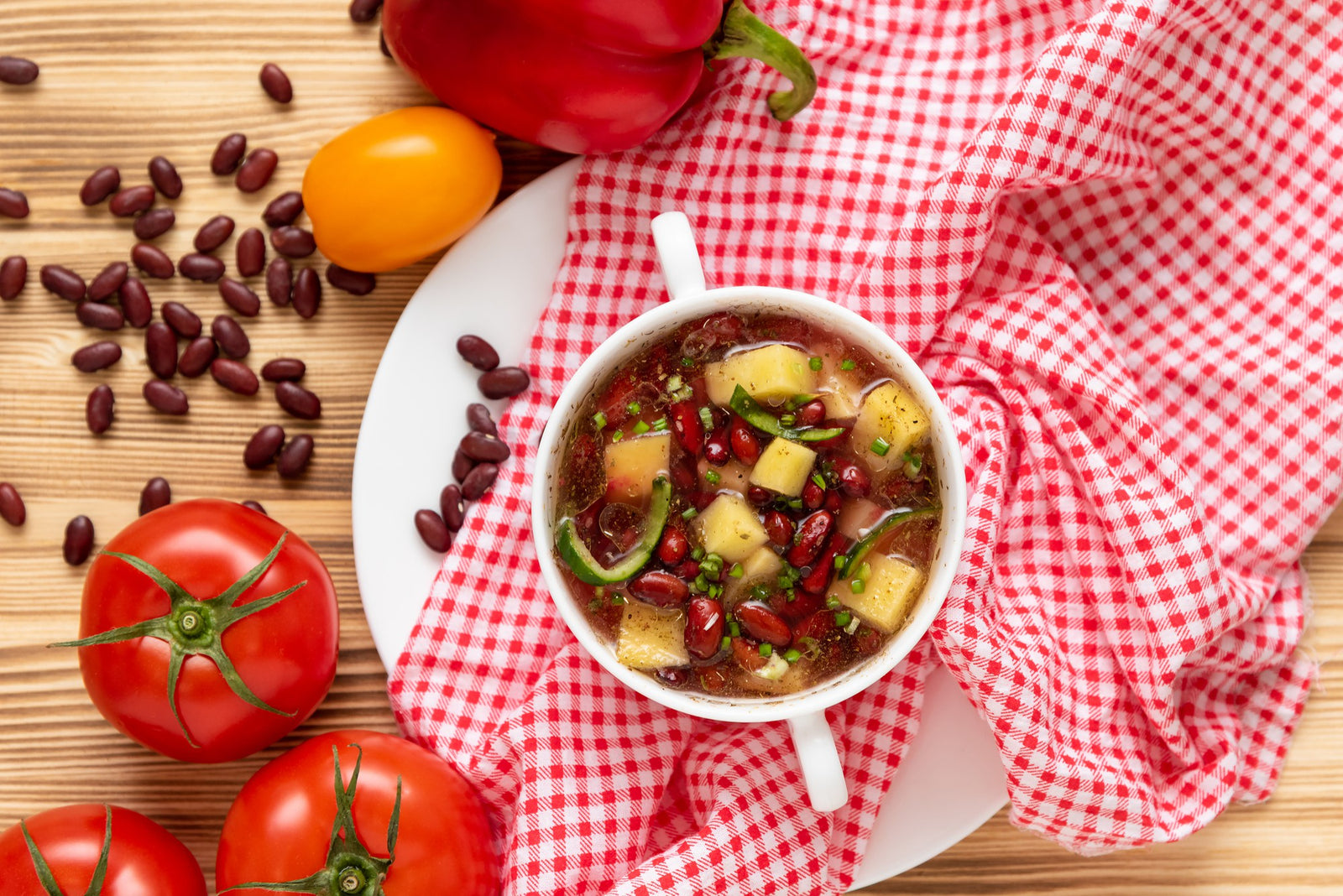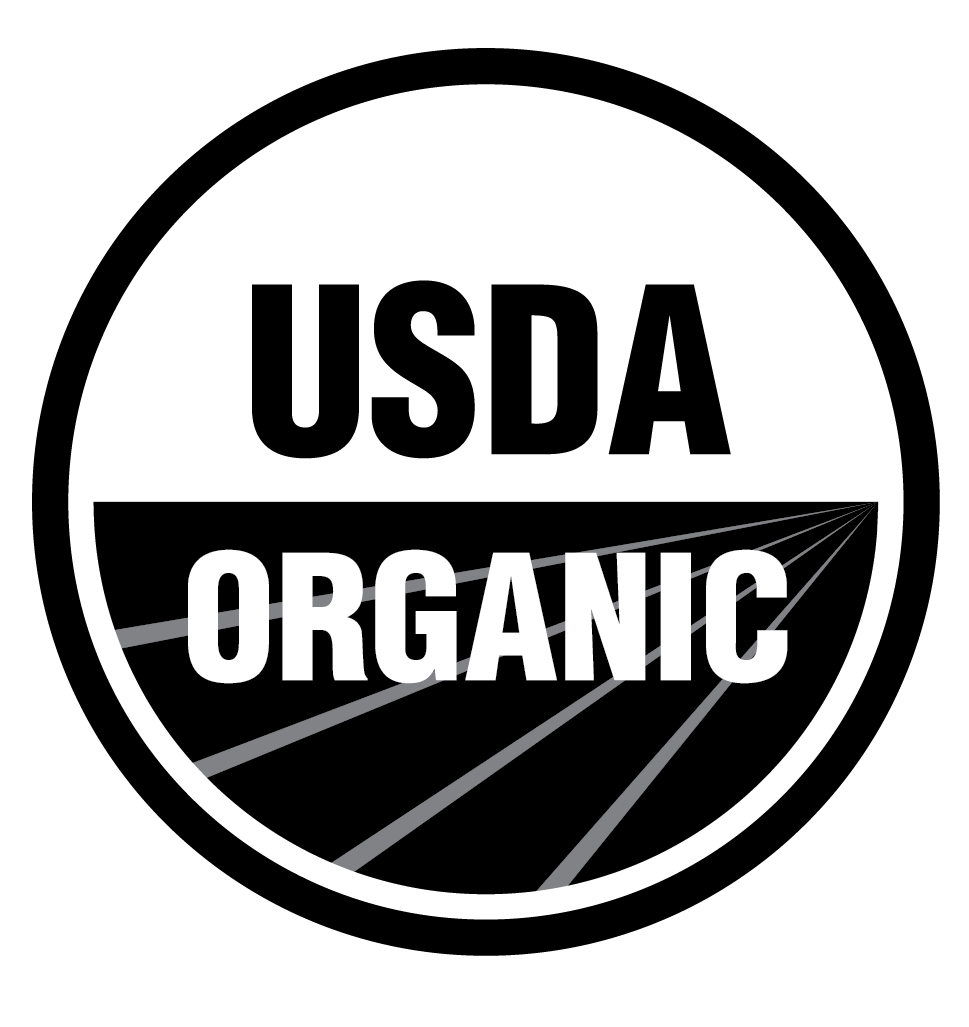
January 18, 2022 2 min read
History
Oregano is an herb that is native to northern Europe but it is now grown in many regions of the world. It is most recognizable due to its aromatic properties and is an integral part of Mediterranean cooking. Its name is taken from the Greek words oros meaning “mountain” and ganos meaning “joy” and was beheld as a symbol of happiness and joy by both the ancient Greeks and Romans. It has been known to have been used for both its culinary as well as medicinal properties by ancient
cultures.
Nutritional Profile and Health Benefits
 Oregano is a nutrient-dense spice that is considered a good source of fiber. In fact, diets such as the Mediterranean diet that is high in fiber have shown to lower cholesterol levels. Along with fiber that features dietary antioxidants, oregano is also a good source of vitamin K, manganese, calcium, and iron. Given its antioxidant features, oregano displays antimicrobial as well as anti-inflammatory activity and is
Oregano is a nutrient-dense spice that is considered a good source of fiber. In fact, diets such as the Mediterranean diet that is high in fiber have shown to lower cholesterol levels. Along with fiber that features dietary antioxidants, oregano is also a good source of vitamin K, manganese, calcium, and iron. Given its antioxidant features, oregano displays antimicrobial as well as anti-inflammatory activity and is
used to treat a number of conditions including colds, acne, dandruff, muscular pains, bloating headaches, and certain allergies among others.
Storage and Uses
Whenever possible, it is recommended to choose fresh oregano for better flavor. Fresh oregano has vibrant green leaves with a firm stem and is free of yellow or discolored spots. Like other fresh herbs, oregano should also be stored in the refrigerator wrapped in a slightly damp paper towel. The same may also be frozen in airtight containers.  Dried oregano needs to be stored in a cool, dark place in airtight containers and will keep fresh for up to six months. Cooking with oregano Although an herb, oregano is often used as a spice to season food by enhancing its flavor. Experts recommend adding fresh oregano towards the end of the cooking process to preserve its delicate flavor. But dried oregano may be added at the beginning of the cooking process. To enjoy the wonderful fragrance and flavor of oregano in your cooking, sprinkle some onto omelets, frittatas, pizza slices, homemade garlic bread, or sautéed vegetables. Likewise, oregano may also be added into salad dressings, vinaigrette, and pasta sauces. Its warm, aromatic flavor makes it a good accompaniment for many different types of foods, including poultry, seafood, or meat and not simply restricted to use in Italian cuisine.
Dried oregano needs to be stored in a cool, dark place in airtight containers and will keep fresh for up to six months. Cooking with oregano Although an herb, oregano is often used as a spice to season food by enhancing its flavor. Experts recommend adding fresh oregano towards the end of the cooking process to preserve its delicate flavor. But dried oregano may be added at the beginning of the cooking process. To enjoy the wonderful fragrance and flavor of oregano in your cooking, sprinkle some onto omelets, frittatas, pizza slices, homemade garlic bread, or sautéed vegetables. Likewise, oregano may also be added into salad dressings, vinaigrette, and pasta sauces. Its warm, aromatic flavor makes it a good accompaniment for many different types of foods, including poultry, seafood, or meat and not simply restricted to use in Italian cuisine.

Thanks for reading this Be Still Farms Blog article. To sign up for more news/articles and/or recipes, click here. For more about us, click here. To shop our certified organic products, click here.
Please comment and share and we look forward to serving you in the future!
Comments will be approved before showing up.

January 27, 2025 3 min read
Flaxseed, the tiny yet powerful superfood, is packed with nutrients that can support weight loss. From curbing hunger to stabilizing blood sugar, this guide dives into the science of how flaxseed can help you shed those extra pounds.

December 11, 2024 3 min read
Discover three quick and easy soup recipes featuring organic small red beans. From a classic vegetable soup to a creamy potato blend, these wholesome recipes are perfect for chilly days and busy weeknights. Packed with flavor and nutrition, these soups will warm your heart and soul this winter!

December 06, 2024 3 min read
This vibrant and nutritious Green Lentil Salad combines tender lentils with grilled chicken, fresh vegetables, and a zesty lemon dressing. Packed with protein, fiber, and essential vitamins, it’s the perfect healthy meal for any time of day.
© 2025 Be Still Farms- Real, Fine Organics.
Privacy | Terms | Refund Policy | Organic Certification
